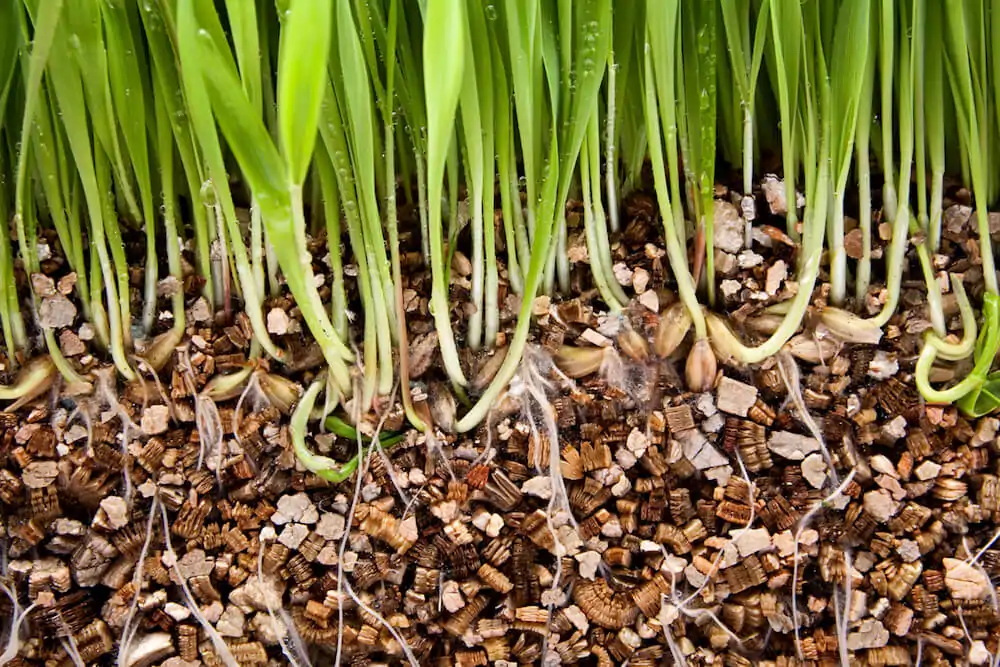Dec . 05, 2024 11:47 Back to list
Manufacturing Materials for Wall Studs in Construction Factories
The Role of Material Factories in Building Wall Studs
In the construction industry, the importance of quality materials cannot be overstated. Among these materials, wall studs play a crucial role in providing structural integrity, defining spaces, and supporting various architectural designs. As a foundational element in the framing of walls, the manufacturing of wall studs is a task that requires precision, adherence to safety standards, and an understanding of the diverse materials available in the market. This article delves into the role of material factories in the production of wall studs, the types of materials utilized, and the impact of these factories on construction quality and efficiency.
Understanding Wall Studs
Wall studs are vertical framing members found in walls, primarily used to support the wall structure and provide insulation space. They can be made from a variety of materials including wood, metal, and engineered products such as oriented strand board (OSB). Each type of material offers different advantages and is chosen based on factors like load-bearing requirements, environmental conditions, and construction methods.
Types of Materials Used in Wall Stud Manufacturing
1. Wood Traditionally, wood has been the most popular material for wall studs, particularly in residential construction. Typically, softwoods such as pine and fir are used. These materials are favored for their strength, availability, and ease of handling. Wood studs are generally cost-effective; however, they require treatment to resist moisture, pests, and fire.
2. Metal Steel studs have gained popularity, especially in commercial construction. They offer several advantages including higher strength-to-weight ratios, resistance to warping, and non-combustibility. Metal studs are ideal in environments where moisture is a concern or where fire regulations are strict. Factories producing metal studs often utilize advanced cold-rolled technology to ensure precision and consistency in each product.
3. Engineered Wood Products The rise of engineered wood products, such as laminated veneer lumber (LVL) and I-joists, has transformed the stud manufacturing landscape. These materials are designed to optimize strength and reduce waste, making them environmentally friendly alternatives. Factories producing these products often employ sophisticated manufacturing processes to enhance durability and performance.
The Manufacturing Process
building wall studs material factories

The manufacturing of wall studs in factories involves several critical stages
- Material Sourcing Factories procure raw materials from sustainable sources, prioritizing quality control from the outset. The environmental impact of sourcing practices is becoming increasingly important, with many companies adopting sustainable practices to minimize their ecological footprint.
- Processing Once materials are obtained, they undergo various processes depending on their type. For wood, this includes cutting, treating, and drying. For metal, the production involves cutting, bending, and assembling into stud shapes. Advanced technologies, such as computer numeric control (CNC) machines, are often employed to enhance precision in these processes.
- Quality Assurance Factories implement rigorous quality control measures to ensure that studs meet building codes and standards. This often involves testing for strength, stability, and resilience against environmental factors. Compliance with regulatory standards is crucial for the safety and durability of constructions.
Impact on Construction Quality and Efficiency
Material factories specializing in wall studs significantly impact the construction industry. By providing high-quality, reliable materials, they contribute to safer buildings and structures. Moreover, the use of technologically advanced manufacturing processes allows for greater efficiency, reducing waste and production time. This efficiency translates to cost savings for builders and improved timelines for project completion.
Furthermore, factories that prioritize sustainability in their production often contribute to the construction industry's green building goals. By offering eco-friendly material options, builders can create structures that are not only durable but also environmentally responsible.
Conclusion
In conclusion, the role of material factories in the production of wall studs is pivotal in the construction industry. By focusing on quality, sustainability, and innovation, these factories ensure that the materials used in building projects are reliable and efficient. As the construction landscape continues to evolve, the importance of these factories will only grow, paving the way for safer, more sustainable architectural advancements.
-
Eco-Friendly Granule Covering Agent | Dust & Caking Control
NewsAug.06,2025
-
Fe-C Composite Pellets for BOF: High-Efficiency & Cost-Saving
NewsAug.05,2025
-
Premium Tundish Covering Agents Exporters | High Purity
NewsAug.04,2025
-
Fe-C Composite Pellets for BOF | Efficient & Economical
NewsAug.03,2025
-
Top Tundish Covering Agent Exporters | Premium Quality Solutions
NewsAug.02,2025
-
First Bauxite Exporters | AI-Optimized Supply
NewsAug.01,2025
